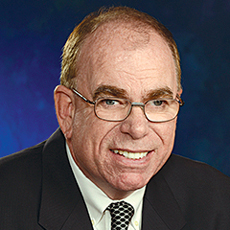
When it comes to senior living, technology arguably is the most disruptive force in play. And within the technology sphere, no tool is making a bigger impact than analytics.
It’s not hard to see why. Analytics now touches virtually every aspect of the field. Whether it’s revealing new approaches to caregiving or unlocking opportunities for specialization and growth, analytics is on the job.
Exhibit A here is the investment being made in adopting electronic medical records and electronic health records platforms. More than 90% of senior living communities have embraced one or the other, according to a recent Ziegler survey. As a result, operators are fast discovering ways to deliver better outcomes while improving efficiencies.
To be sure, this new ability to connect residents’ details to larger data sources will not be limited to clinical gains. It essentially will become de rigueur among operators who hope to join larger health networks and/or link with new business partners.
If we’re going to be frank, senior living actually has been a bit late to the analytics game. As a result, many operators are just beginning to tap into its potential for solving business riddles, improving statistical analysis, analyzing previous decisions using A/B testing, and making use of predictive modeling, just to name a few emerging business applications.
But it’s important to remember that for all it can deliver, analytics does not have all the answers. As an example, consider how pollsters relying heavily on analytics got the 2016 presidential election wrong. Virtually every poll predicted a victory for Hillary Clinton. Yet when the votes were counted, Donald Trump was the winner.
For more on why this happened, I invite you to read Bob Schieffer’s excellent new book, “Overload,” which takes an unblinking look at the current state of journalism in our nation (if you happen to be interested in such things).
In a chapter on what the pollsters missed, he talks at length to Peter Hart, who generally is regarded as the guru of American pollsters. By way of bona fides, Hart has overseen the NBC/Wall Street Journal poll since 1989. In addressing why the analytics behind so many of the polling efforts came up short, Hart offers up this salient nugget: “Analytics tell you one thing, but they don’t tell you what’s in people’s hearts.”
As the observation applies to journalism, Schieffer suggests a need for more of what reporters once did: knocking on doors and talking to people in the street.
As for senior living, the implication seems to be this: Analytics can help unlock data and trends. But to really know what’s in the hearts of your prospects, more is needed. That “more” includes efforts such as focus groups. Even more important, it implies the need to really talk with your customers about the things that matter to them. And above all, you need to listen to what they say — and respond accordingly.
Otherwise, you might find yourself wondering why things don’t seem to be adding up.
John O’Connor is editorial director of McKnight’s Senior Living. Email him at [email protected].

